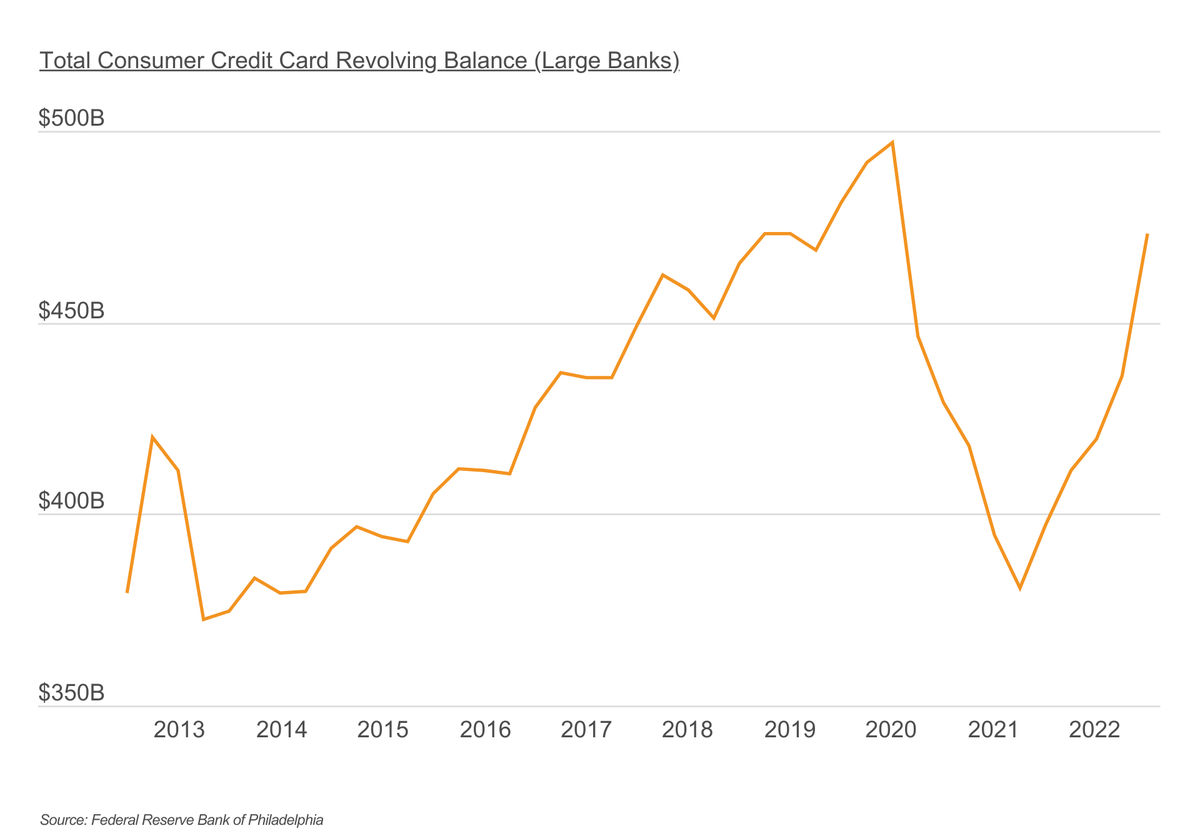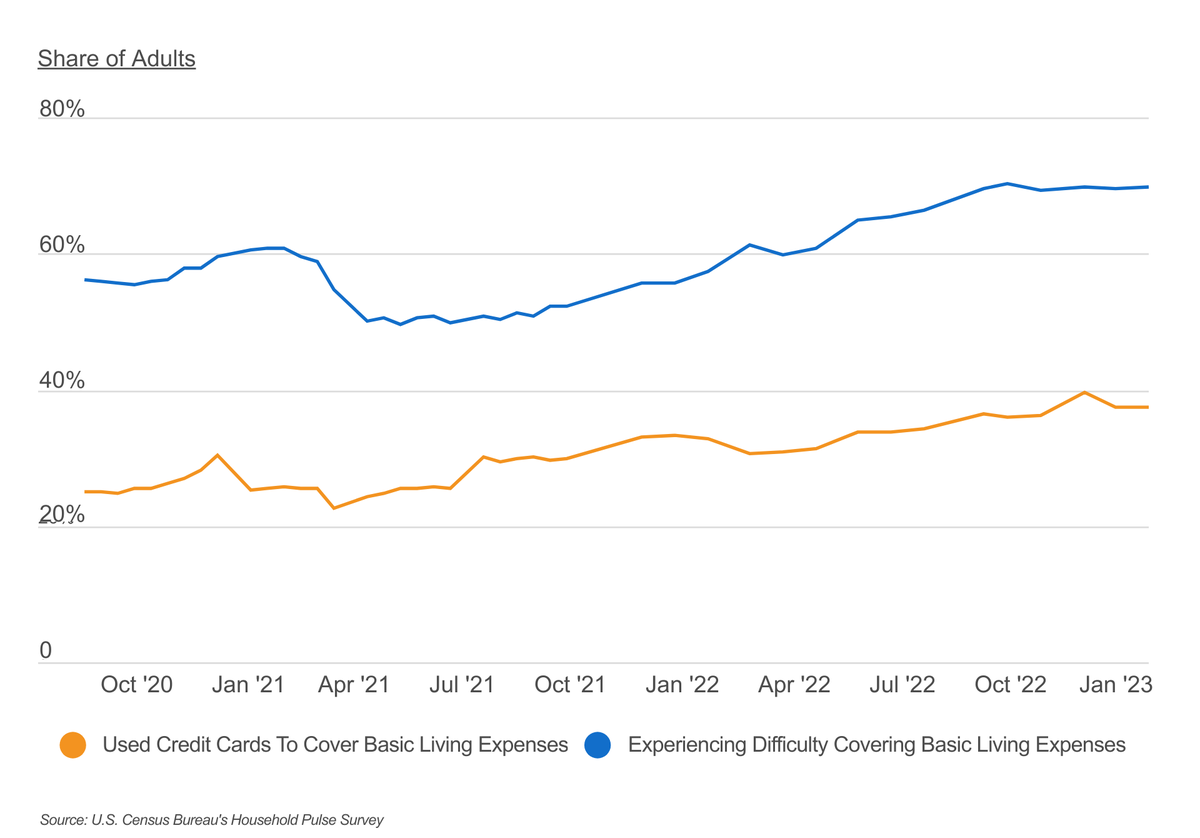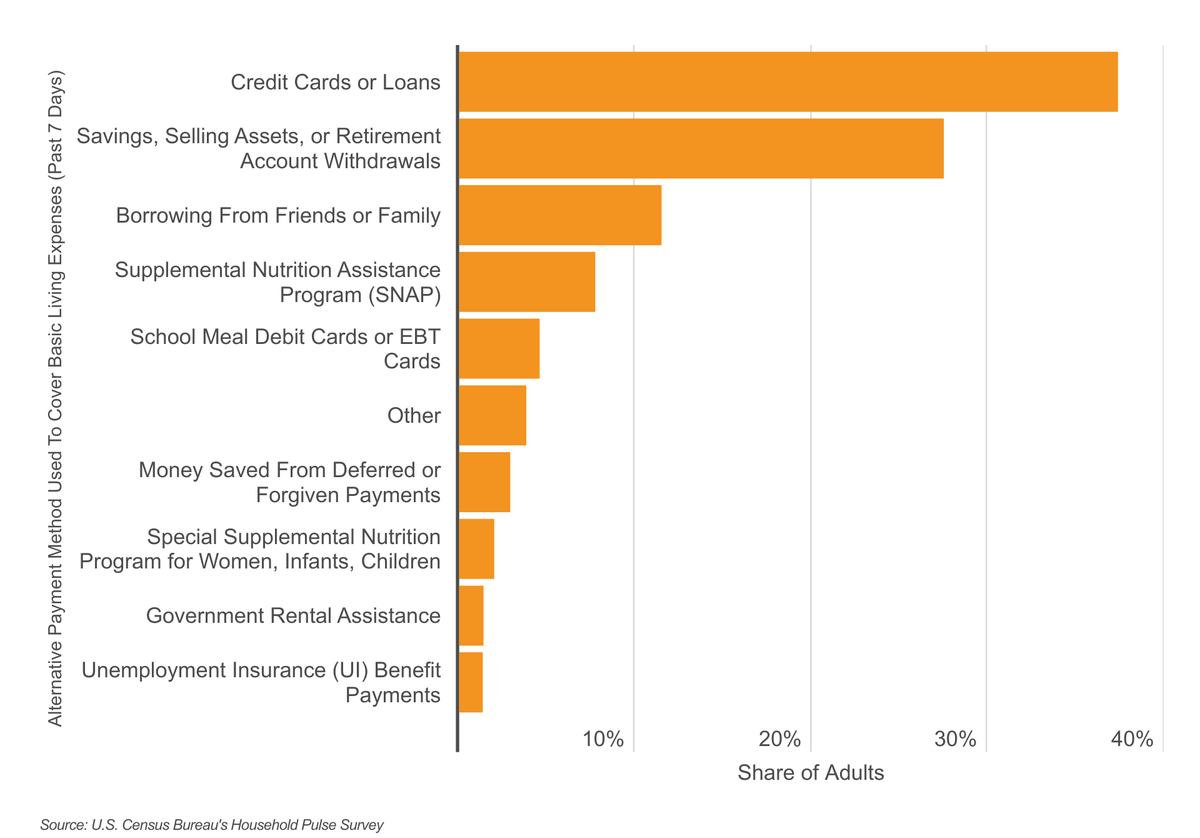Alex Miller
Alex Miller
Founder & CEO
300 Published Articles
Countries Visited: 34U.S. States Visited: 29
Founder and CEO of Upgraded Points, Alex is a leader in the industry and has earned and redeemed millions of points and miles. He frequently discusses the award travel industry with CNBC, Fox Business...
Edited by: Keri Stooksbury
Keri Stooksbury
Editor-in-Chief
112 Published Articles 3838 Edited Articles
Countries Visited: 54U.S. States Visited: 28
Editing with Upgraded Points for over 6 years, as editor-in-chief, Keri manages the editorial calendar and oversees the efforts of the editing team and over 20 content contributors, reviewing thousand...
![States Where People Are Using Credit Cards To Cover Living Expenses [2023 Data Study]](https://upgradedpoints.com/wp-content/uploads/2019/06/Freedom-Unlimited-and-Citi-Double-Cash-Supermarket-Upgraded-Points-LLC.jpg?auto=webp&disable=upscale&width=1200)






![Aeroplan Credit Card – Full Review [2025]](https://upgradedpoints.com/wp-content/uploads/2021/12/Chase-Aeroplan-Card-Image.png?auto=webp&disable=upscale&width=1200)